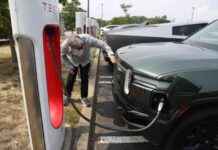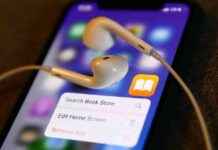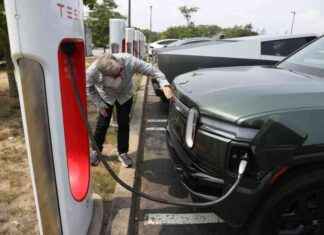NASA’s decision on the return of the Starliner spacecraft is eagerly awaited this weekend as senior leaders convene in Houston for a crucial Flight Readiness Review (FRR). This meeting will determine whether the Boeing spacecraft is safe to bring astronauts Butch Wilmore and Suni Williams back to Earth from the International Space Station.
The astronauts have been on the space station for an extended period, far beyond their originally planned stay of eight days. They were the first to launch and dock at the space station aboard the Starliner spacecraft, but encountered technical issues that have raised concerns about the spacecraft’s safety for the return journey.
The primary focus of the FRR will be to assess the readiness of the Starliner spacecraft for its upcoming undocking from the space station. One option being considered is to allow the spacecraft to return to Earth with Wilmore and Williams onboard, as per their flight plan. However, there is also the possibility of bringing the capsule back without its crew if safety concerns persist.
The technical issues with the Starliner spacecraft arose when multiple thrusters failed and the capsule leaked helium from its propulsion system during its approach to the space station. Engineers have been diligently working to identify the root cause of these problems and determine whether they could recur during the return journey to Earth.
The crucial aspect under scrutiny is the performance of the thrusters located on the Starliner’s service module, which are essential for the deorbit burn and subsequent separation from the crew module before reentry. Any failure of these thrusters could jeopardize the safe landing of the capsule and its crew.
If NASA determines that the risks associated with the Starliner spacecraft are too high, Wilmore and Williams may have to extend their stay on the space station until at least February of next year. In such a scenario, they would return to Earth inside a Dragon spacecraft provided by SpaceX, Boeing’s competitor in NASA’s commercial crew program.
The decision on the Starliner’s return has far-reaching implications, not just for the astronauts but also for Boeing’s Starliner program. If the spacecraft is deemed unsafe for operational crew missions, Boeing may be required to conduct an additional test flight before it can be certified by NASA. This could potentially delay the completion of Boeing’s planned crew missions under its NASA contract.
The outcome of the FRR will be crucial in determining the future of the Starliner spacecraft and the success of NASA’s commercial crew program. The agency’s decision will be announced at a press conference scheduled for Saturday afternoon, following the conclusion of the review meeting in Houston.
Engineering Evaluation and Decision-Making Process
Leading up to the FRR, lower-level managers have been meeting to discuss their findings and views on the readiness of the Starliner spacecraft for the return journey. Disagreements among managers have highlighted the complexity of the decision-making process and the importance of thorough evaluation before reaching a consensus.
One key piece of information that will be presented to the Program Control Board on Friday is the evaluation of a new model that predicts the performance of the thrusters during the return phase of flight. This data could provide valuable insights into the system redundancy of the spacecraft and help inform the decision-making process at the agency level.
The engineering teams have been working tirelessly to refine their assessments, analyze spacecraft performance data, and determine the best course of action for the safe return of the astronauts. This ongoing effort to gather and analyze data will play a crucial role in shaping the final decision on the Starliner spacecraft’s return.
Implications and Future Prospects
The outcome of NASA’s decision on the Starliner spacecraft will have significant implications for the future of crewed missions to the International Space Station. If the spacecraft is cleared for the return journey, it will mark a major milestone for Boeing’s Starliner program and pave the way for future operational crew missions.
On the other hand, if concerns about the spacecraft’s safety persist, it could signal a setback for Boeing and the commercial crew program as a whole. The need for additional testing and evaluation could delay the timeline for completing planned crew missions and impact the overall efficiency of the program.
In either scenario, the safety and well-being of the astronauts remain the top priority for NASA and its partners. The decision-making process is guided by a commitment to ensuring the successful return of the crew members and upholding the highest standards of safety and reliability in crewed space missions.
As the FRR gets underway this weekend, all eyes are on NASA’s leaders as they weigh the evidence, evaluate the risks, and make a decision that will shape the future of human spaceflight. The agency’s commitment to safety, transparency, and collaboration will guide the outcome of this critical review and set the course for the next phase of crewed missions to the International Space Station.









